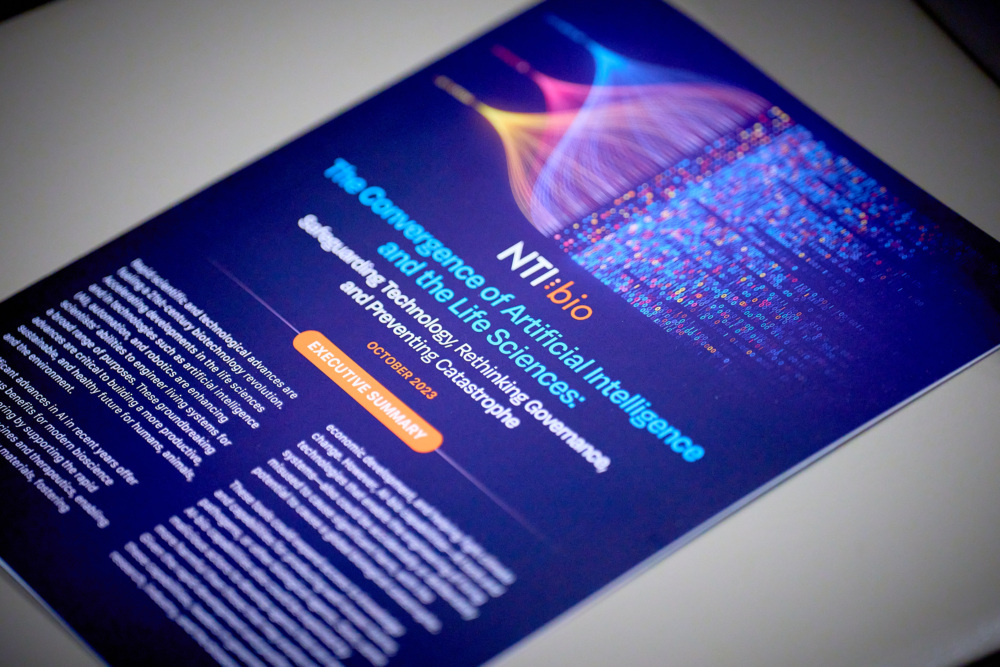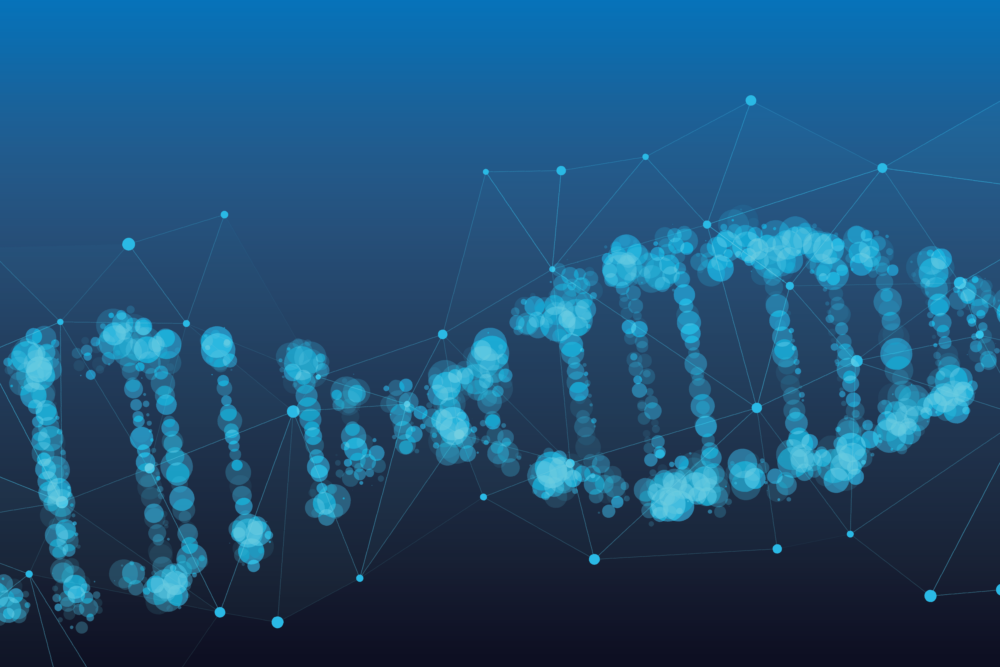In 2019, NTI and its Biosecurity Innovation and Risk Reduction Initiative partners will launch five working groups to engage new stakeholders, identify urgent actions, and catalyze the adoption of new approaches to reduce biological risks associated with advances in technology. This page describes the working group on Standards for Funders, Grantees, and Publishers to Identify and Mitigate Biological Risks, informed by a paper drafted ahead of the October 2018 Initiative launch. For more information about the other working groups, visit the Biosecurity Innovation and Risk Reduction Initiative project page.
Challenge: There are no specific requirements for funders, grantees, or publishers to recognize minimum biosecurity standards and evaluate and mitigate biological risks associated with research and new technology developments in synthetic biology, genomics, microbiology, and related fields.
Emerging biotechnologies have the potential to enable research that could benefit a nefarious actor or lead to an accidental release of a harmful biological agent. Unfortunately, existing national guidelines to oversee research that creates and modifies pathogens are fragmented and do not adequately consider the global and changing nature of life science research collaborations. Many countries place safety and security controls on dangerous infectious agents but do not provide guidelines for assessing the aims, outcomes, or risks of research experiments to make, modify, or enhance their transmissibility or virulence. Other countries recommend self-governance, or provide guidance for safety and security, but do not have laws or regulations in place.Other stakeholders, such as the United States, use the seven specific classes of experiments outlined in the 2004 report Biotechnology Research in the Age of Terrorism (also known as the “Fink Report”) as a guide, applying oversight requirements when those experiments are conducted with specific agents. Taken together, however, such mechanisms do not add up to an approach that encourages sufficiently robust biosecurity risk evaluation for considering consequences of research that can have multi-generational and population-wide effects.
Just as required biosafety levels are now an internationally accepted norm, biosecurity risks should be identified and mitigated through established best practices as researchers design experiments and submit funding proposals.
Proposed Solution: The development of new mechanisms for researchers and funders to mitigate biosecurity risks should be explored. These would include developing a process for identifying and assessing potential biosecurity risks during experimental design; transparently sharing strategies identified in funding proposals for mitigating those risks; and developing explicit procedures to consider whether the risks remaining after mitigation are justified by the potential benefits of the work. This approach builds on similar mechanisms that seek to standardize considerations for biotechnologies with the potential for misuse, such as the safety form for the Internationally Genetically Engineered Machine (iGEM) competition,the Wellcome Trust’s Dual-Use Statement,and the principles for sponsors and supporters of gene-drive research.Processes to minimize emerging technology risks and could be the starting point for the creation of a new, common mechanism for funders and grantees to identify and mitigate biological risks. Such a mechanism should explicitly address:
- The responsibility of each researcher to evaluate the potential for accidental and intentional misuse of biotechnology throughout the research process;
- The need for a funder-driven approach to guide the grant process and foster risk evaluation; and
- The requirement for a dynamic repository of best practices for risk mitigation to aid in a comprehensive risk-benefit analysis.
Next Steps: NTI will convene a working group of funders, researchers, and publishers to consider responsibilities of each and offer steps from all parties that support assessment of risks associated with proposed research. This group will develop options for integrated mechanisms to mitigate biosecurity risks and consider a potential testbed to pilot its implementation.
Millet PD (2017). Gaps in the International Governance of Dual-Use Research of Concern. National Academies. January
U.S. National Academies National Research Council (2004). Biotechnology Research in the Age of Terrorism.
2018 iGEM Safety Form, retrieved 10 October 2018 from http://2018.igem.org/Safety/Final_Safety_Form.
BBSRC, MRC and Wellcome Trust position statement on dual use research of concern and research misuse, retrieved 10 October 2018 from https://wellcome.ac.uk/sites/default/files/wtp059491.pdf.
Emerson C, James S, Littler K, Randazzo F (2017) Principles for gene drive research. Science 358(6367), 1135-1136. https://doi.org/10.1126/science.aap9026.


